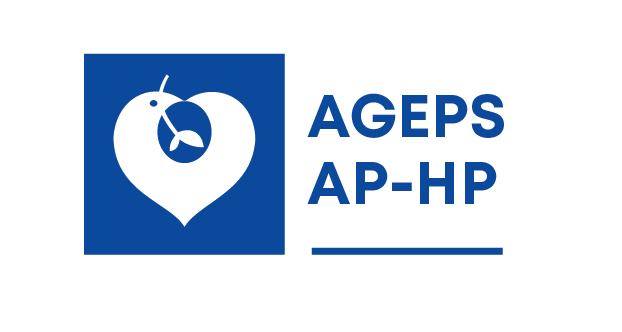Decision-making process to select a fibrinogen concentrates from among different available branded products.
F. Dromzée 1,*, F. Bocquet 1, I. Fusier 1, A.-L. Cordonnier 1, N. Poisson 2, M. Sinègre 1
1Therapeutic Evaluation Unit (TEU), General Agency of Equipment and Health Products (AGEPS), AP-HP , 2Drug
Purchasing Evaluation Unit, General Agency of Equipment and Health Products (AGEPS), AP-HP, Paris, France
Introduction:
Decision-making process of drugs selection in the public hospitals of Paris (AP-HP) is based on effectiveness, safety and economics. Two fibrinogen concentrates (FC) with different marketing authorisations (MA) are available in France. They are used in prophylaxis or treatment of bleeding in congenital fibrinogen deficiency (CFD) and/or in acquired fibrinogen deficiency (AFD).
This case study describes first the assessment of FC, realized by the TEU, submitted to the Committee on Medicinal Products (COMED) in order to list one FC for the hospital drug formulary (HDF), then the pitfalls involved in this decision.
Materials & Methods:
An analysis was conducted by TEU based on: i) comparison of active substances, literature review, survey of needs among users; ii) a view of regulatory status and approved indications in Europe and France.
Results:
Three branded products are commercially available in Europe: Riastap®, Clottafact® and HaemocomplettanP®. They are composed of freeze-dried FC derived from human plasma. The composition of excipients varies and viral inactivation processes are different. CFD and AFD represent respectively 2% and 98% of uses. Clottafact® received a national MA in France, based on two clinical studies, for CFD and AFD. Riastap® got a MA in all European countries (mutual recognition procedure) only for CFD. Six clinical studies were assessed for its registration, under which Riastap® is under the name HaemocomplettanP® (MA in nine European countries, via national procedures, for CFD and AFD).
Discussion:
The COMED gave a positive opinion on the therapeutic equivalence of the two FC and decides to list only one of them in the AP-HP HDF. This decision could be justified in order to get potential savings and practical gains (single listing permits INN prescriptions, limits confusions between indications). However, this may be restricted because of medico-legal implications. Off-label prescription can be also a ground for non-reimbursement of drug costs to the hospital.
Conclusion:
For few specific drugs, the TEU and the COMED draws on the regulation experiences of different European countries to set local policy of drugs selection. So based on scientific evidence, it may be possible to go beyond therapeutic indications granted by the MA.
ESCP Symposium – Barcelona, Spain, 29-31 October 2012

